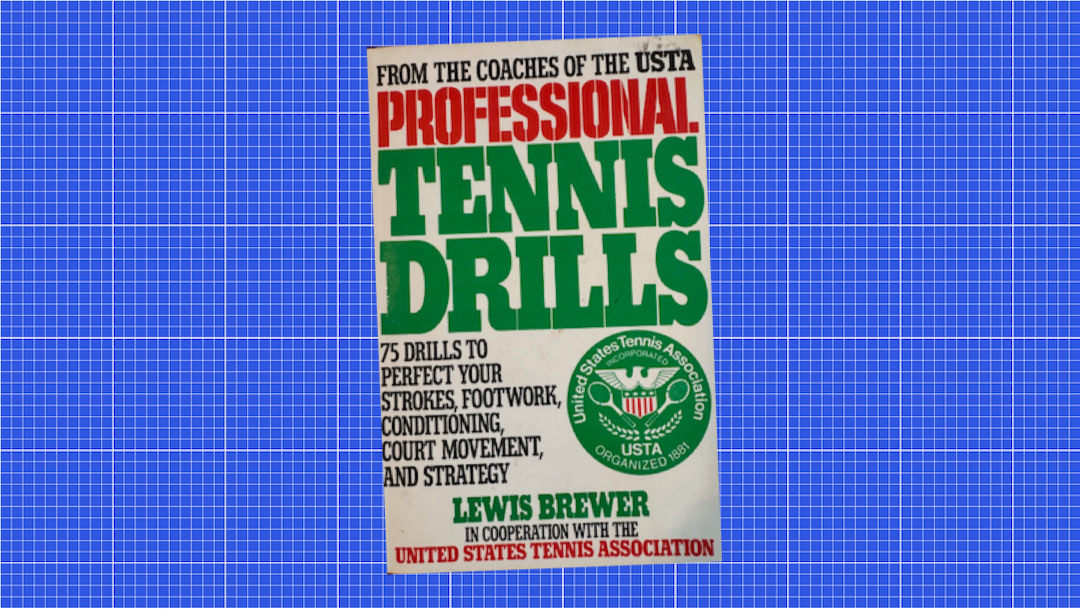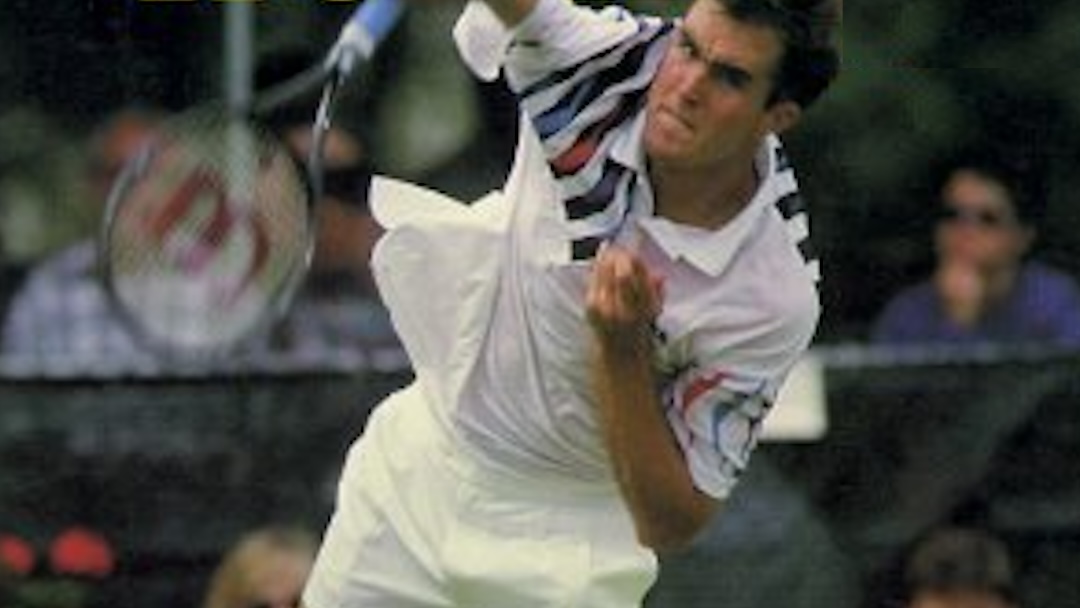Tennis is steeped in tradition. At the same time, there has been considerable evolution in the rules of the sport over the past century. Any serious discussion of the historical changes must include the topic of Jimmy Van Alen. The American tennis player, promoter, and innovator left an indelible mark on tennis.
Tie Breaker: Jimmy Van Alen and Tennis in the 20th Century by Eleanor Dwight is a biography of Van Alen and his contributions to the sport. This book also contains a history of the Newport Casino, which was one of the cradles of tennis in the United States. It also outlines how the birth of the International Tennis Hall of Fame, housed within the historic Newport Casino site, was originally a move to shore up the financially ailing institution.
Tie Breaker delves deeper into the origin story of tennis in the United States than most other sources. Mary Outerbridge, of Staten Island, is credited with importing a tennis box kit invented and popularized by Major Walter Clopton Wingfield after seeing the game played in Bermuda. That is the “New York” version of the story. This book also presents an alternative “Boston” origin, claiming that James Dwight and Frederick Sears discovered a Wingfield “Box” at a friend’s house and immediately played two sets.
This book revolves around the thesis that Van Alen felt that his life’s calling was to improve everything around him. Consequently, his passion for tennis put the sport squarely into his crosshairs. Van Alen introduced the Van Alen Simplified Scoring System (VASSS) in the 1950s, an attempt to simplify and speed up the game of tennis.
The VASSS scoring system was designed to eliminate potential prolonged deuce situations and lengthy sets. It also used a simpler game structure with an innovative tiebreak played if the game count reached 6-6. VASSS laid the foundation for the modern tiebreak game that is now standardized into the ITF Rules of Tennis.
The whole premise of VASSS was that the general population didn’t understand the scoring system used in tennis, which was hampering broader public interest. Van Alen relentlessly promoted VASSS and conducted lucrative professional tournaments that were designed to draw the top players to demonstrate his new system.
Tie Breaker links the advent of the tiebreak game to the rise of televised tennis. In the process, the culture of the initial era of broadcast tennis is detailed. Matches were tape-delayed, allowing airing at more convenient times for the US audience. That innovation also allowed broadcasters to fast forward around any “endless matches” that occurred before the innovation of the tiebreak game.
Van Alen’s innovation initiatives were not confined to tennis. He also proposed an alternate scoring system for golf, the Van Alen Answer to Grief in Golf (VAAGG), and a complex boat-swapping scheme to “fix” the America’s Cup yacht race. Those ideas did not gain much support in those sports.
Credible citations from diverse sources support the history presented in Tie Breaker. However, one glaring factual error in the book lists Gladys Heldman rather than her daughter as one of the “Original Nine” that launched women’s professional tennis.
The 1980 Wimbledon Men’s Singles final, played between Björn Borg and John McEnroe, is widely regarded as one of the greatest tennis matches in history. The recent adoption of the tiebreaker in the fifth set added to the drama and tension of an already epic match. It was clear at that moment that Van Alen’s innovations had transformed the sport for the better.
Tie Breaker: Jimmy Van Alen and Tennis in the 20th Century is a comprehensive account of his contributions to the sport that extended well beyond the tiebreak. Van Alen was a passionate advocate and played a significant role in its promotion and development. His innovative ideas shaped tennis as we know it today. Van Alen’s legacy lives on through the continued use of the tiebreak scoring system.
To understand tennis and the evolution of the rules, you must know about Jimmy Van Alen. This book is a “must-read” for serious tennis history buffs.
Fiend At Court participates in the Amazon associates program and receives a paid commission on any purchases made via the links in this article. Details on the disposition of proceeds are available on the “About Fiend at Court” page.




The 1980 Wimbledon final didn’t have a tie breaker in the fifth set. It did have tie breakers in the first 4 sets. That match included an epic tie breaker in the fourth set won 18-16 by McEnroe, who eventually lost the match 8-6 in the fifth. Wimbledon didn’t introduce the fifth set tie breaker until 2019.
You’re right. What I should have said was that the tiebreaker in the first four sets led to the drama in the fifth.